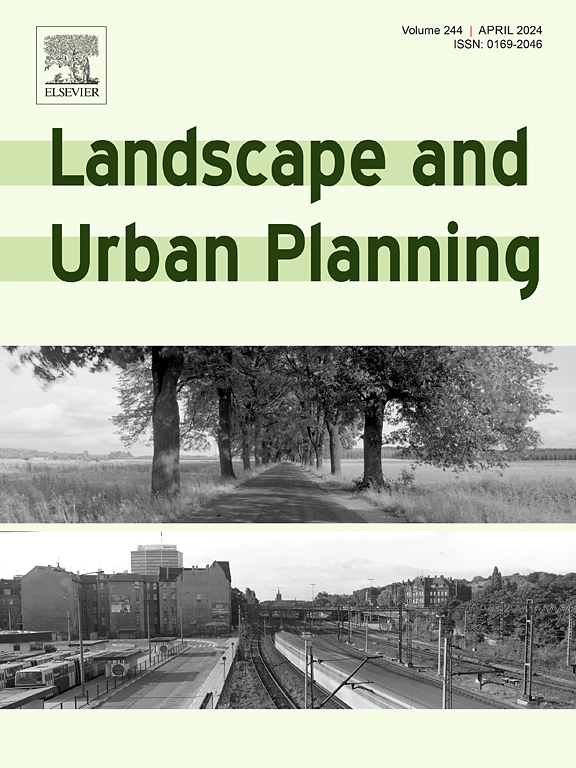Land use and land cover conflict risk assessment model: Social and spatial impact of suburbanisation
IF 7.9
1区 环境科学与生态学
Q1 ECOLOGY
引用次数: 0
Abstract
Today’s cities grow at the interface of urbanised and open areas. Their impact zones depend on their size and role in the settlement structure. Unplanned urban growth often leads to land-use patterns that conflict with sustainable development principles. This can spark local land use and land cover (LULC) conflicts.
The study aims to build an original model for assessing the risk of LULC conflicts. The model is founded on identifying the Risk Source (spatial and social determinants of conflicts), Risk Receptor (component indicators developed by the authors) and Risk Effect (level of conflict risk) in public perception. The integrated spatial and social approach is a novel concept for investigating LULC conflicts. The goal was achieved through spatial analyses combined with surveys among residents of municipalities around Kraków and among administration officers, directors, and chiefs of departments in these municipalities. The spatial analyses of land cover employed geoprocessing algorithms and GIS tools. The periurban zone of Kraków was investigated using an original methodology. The results demonstrate that suburbanisation contributes to LULC conflicts, with agricultural areas being the most susceptible to the problem. The conclusions are based on a model analysis and investigation of human-landscape interactions. The proposed LULC conflict risk assessment model combines spatial characteristics and their public perception. With this specific approach, we address a research gap that is the shortage of research integrating spatial and social approaches to LULC conflicts in periurban areas.
土地利用与土地覆盖冲突风险评估模型:郊区化的社会与空间影响
今天的城市在城市化和开放地区的交汇处发展。它们的影响范围取决于它们的大小和在沉降结构中的作用。无计划的城市增长往往导致与可持续发展原则相冲突的土地使用模式。这可能引发当地土地使用和土地覆盖(LULC)冲突。
本文章由计算机程序翻译,如有差异,请以英文原文为准。
求助全文
约1分钟内获得全文
求助全文
来源期刊

Landscape and Urban Planning
环境科学-生态学
CiteScore
15.20
自引率
6.60%
发文量
232
审稿时长
6 months
期刊介绍:
Landscape and Urban Planning is an international journal that aims to enhance our understanding of landscapes and promote sustainable solutions for landscape change. The journal focuses on landscapes as complex social-ecological systems that encompass various spatial and temporal dimensions. These landscapes possess aesthetic, natural, and cultural qualities that are valued by individuals in different ways, leading to actions that alter the landscape. With increasing urbanization and the need for ecological and cultural sensitivity at various scales, a multidisciplinary approach is necessary to comprehend and align social and ecological values for landscape sustainability. The journal believes that combining landscape science with planning and design can yield positive outcomes for both people and nature.
 求助内容:
求助内容: 应助结果提醒方式:
应助结果提醒方式:


